Goats are versatile little creatures that allow you to produce your meat, milk, or fiber on your farm. Goats are being raised commercially in almost every corner of the globe. In addition, commercial goat farming is slowly gaining popularity around the world. Commercial goat farming has the potential to play an important role in meeting the growing demand for food. When it comes to goat farming, in particular, the farmer needs to understand every detail to continue the correct farming techniques. Common Mistakes in Goat Farming
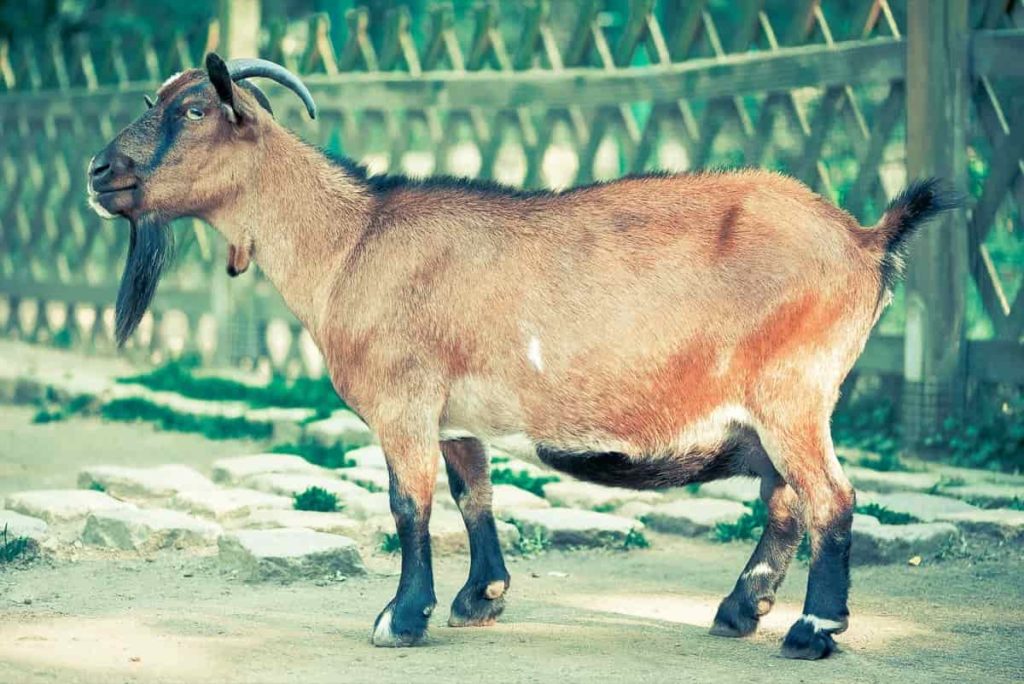
It is necessary to get better and bigger yields could be achieved. For best results, you need to be aware of common mistakes in goat farming that can get you at the back end. So, what exactly do you need to understand before you own a goat, and what are some common mistakes you can avoid? Here are some common goat owners’ mistakes and how to prevent and correct them if they occur.
Common mistakes in goat farming
Buying unhealthy goats
Many people are tempted to buy goats at an auction where they can get a “good deal”. While some of these animals may be a good deal, you can’t tell by looking at them if they have a serious health problem. Many owners of large herds take their goats to auction to get them out of the herd because they have an illness or they do not meet the needs of their herd, so either does not take advantage of this opportunity or for negative results.
Be ready When you buy from a breeder, be sure to look closely at the goats and ask about the health of the goats, the health of the herd, and whether they have been tested for certain diseases. Get a contract so that if you later find out that the goat has a pre-existing health problem, you have legal recourse.
In case you miss this: Goat Farming Insurance in India, Companies, Policies, and Premiums
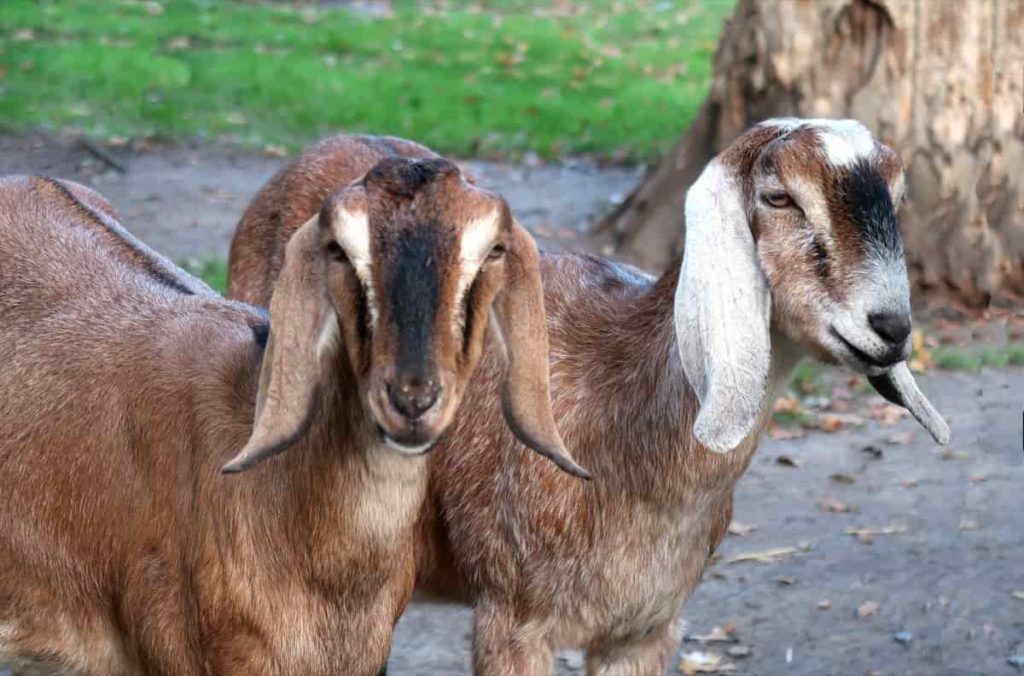
Lack of proper training
Educate yourself before bringing goats home. This is a big responsibility and you can’t just keep them out and expect them to perform well. At the very least, read a few articles about raising goats before they are brought farm. Even better, read a few books, watch some videos, and talk to a goat farmer. Goats need time, care, money, and knowledge to thrive – so get an education before diving into it.
Getting too many goats too fast
Most people decide to go for goats and then go out and buy goats from different farms which are known for their quality. What they fail to consider is that the number of goats cannot be doubled just in the first kidding season. If the goats are fertile, they can be three or four times and these new little goats will grow.
Resulting in narrower quarters, more chances of getting sick from the crowd, and more money out of your pockets for food and supplies. Start slowly and do not get the maximum number of goats that your farm can handle right now. And then think about what you are doing when you start raising your goats. They grow fast.
Insufficient knowledge
There is also a lack of expertise in running the goat farming business efficiently. There are many agricultural extension offices, universities, and research institutes to choose from. However, the majority of individuals do not benefit from government programs. After making a decision, some beginners immediately start raising goats. This is not a good idea, and newcomers with less experience raising goats will face higher costs and higher fatality rates. And they usually make less money or lose money.
In case you miss this: Dairy Disease Symptoms and Treatment for Cows, Cattle, Goats, and Sheep
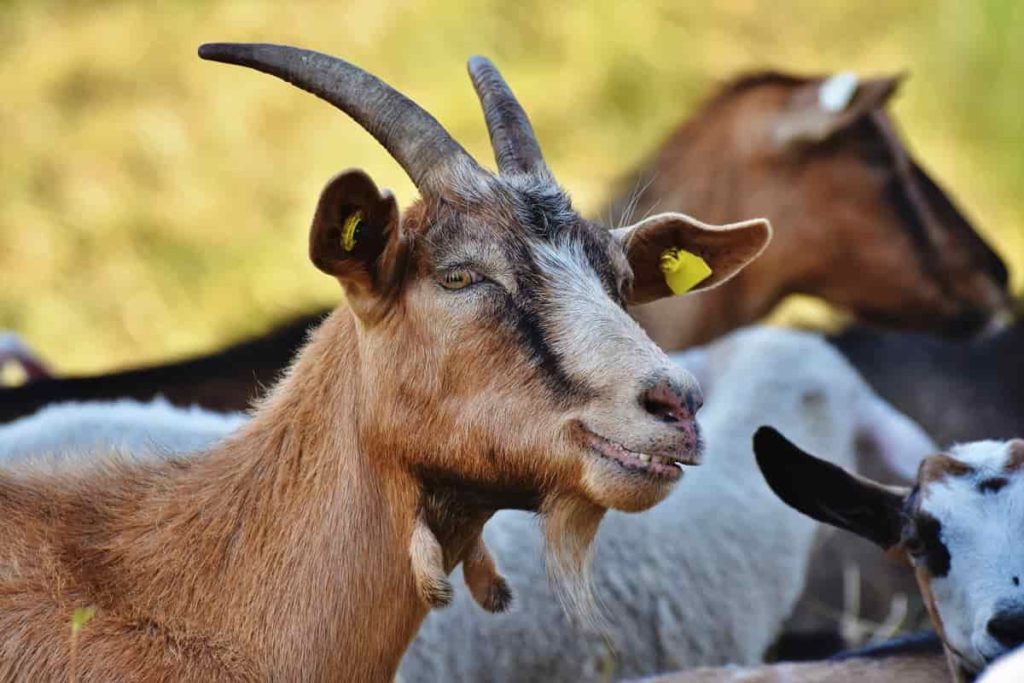
Failure to choose the right breed
The majority of goat farmers, especially those who are just starting, make mistakes when choosing the right breed for their business. Then, they do not produce well. Then they get out of business.
Numerous breeds are available
Some breeds of goats are popular for meat production, while others are suitable for milk production, and yet others are suitable for both meat and milk production. If you want to produce both meat and milk then choosing a dual-purpose goat breed is a great idea. Dual breeds of goats include Betel, Sirohi, Barbari, Marwari, Mehsana, Kutchi, Gohilwadi, and Zalawadi. Exotic breeds of goats (such as Boer, Alpine, and others) are also available in some countries.
Ignoring mineral needs
Another problem that many first-time goats owners face is ignoring the mineral needs of their animals. Mineral requirements depend on what part of the country you live in, but in general, you can buy a goat’s mineral supplement at your local feed store that will do the job. Do not use mineral supplements for other animals like sheep. It may be deficient in certain minerals, such as copper, which can cause various health problems in your goats.
In case you miss this: Top 50 Goat Farming Tips, Ideas, and Techniques
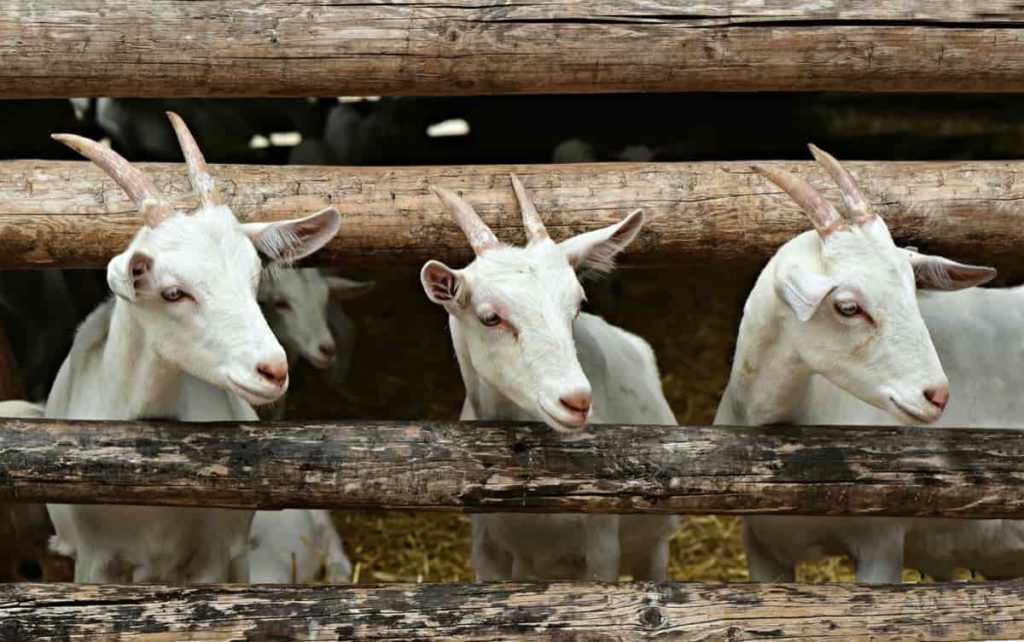
Research your market before buying your first goat
Find out what kind of goats are in demand in your area, then breed for this market. Then take a long look at yourself and your desired operation. Applying the wrong techniques to your herd will cause serious health problems for your goats, your bank balance, and your sanity.
Inadequate feeding
Goats need less food because they are small animals. There are many breeds of goats in India that can thrive even on low-quality food. Goats eat all kinds of green fodder like green grass, legumes, tree leaves. Goats make effective use of dry fodder such as hay, straw, rogues, and two crop products. Conserved fodder such as silage and hay would be the best fodder for goats. Goats can be fed an amount of about 50 grams to 300 grams. Concentrated feeding will be a predispose to conditions such as lactic acidosis and enterotoxaemia disease.
Eating a mineral mixture will improve health and feeding urea- molasses blocks will increase salivation and digestion of fibers. Research how to feed them properly. Protein is just one element of the feed ratio. Long fiber is essential for Roman function. Roman is a goat’s digestive factory. The calcium to phosphorus ratio is important. Copper, selenium, zinc, and thiamine (vitamin B-1) are just a few of the minerals and vitamins needed for goat health and reproduction.
In case you miss this: Dairy Goat Breeds, List, Milk Production, Breeding
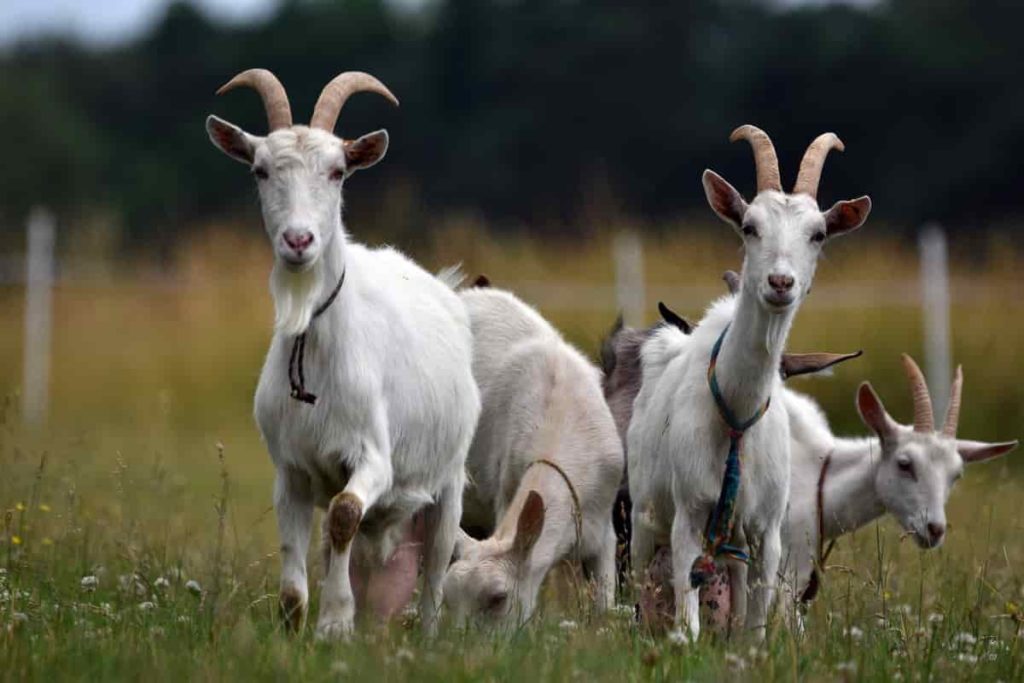
Wrong breeding technique
Do not make large frame males smaller framed females. Remember that, don’t breed does too young or too soon after kidding. Learn from the mistakes of livestock keepers and apply this information to your breeding program.
Don’t identify goat problems
Unfortunately, goats are prone to parasitic problems. External and internal parasites can wreak havoc on herds. Parasitism can cause symptoms such as weight loss, diarrhea, depression, weakness, anemia, fever, cough, and swelling of the jaw.
Parasites need to be treated – especially before they occur. Get your goats on a parasite prevention plan, whether that’s with regular deworming using chemical medications or another form of natural treatment. If you choose to go this route, use a variety of deworming drugs to make sure there is no drug resistance.
Inadequate water
Goats need especially freshwater. Goats are very active, and therefore, their water should be fresh (or at least daily) at all times to ensure that they drink what they need. Use water that is easy to dump and refill. When it’s hot, find that offering fresh cold water encourages goats to drink more often. This prevents dehydration from happening on really hot days.
In case you miss this: Goat Markets In India, List, Where and How To Buy
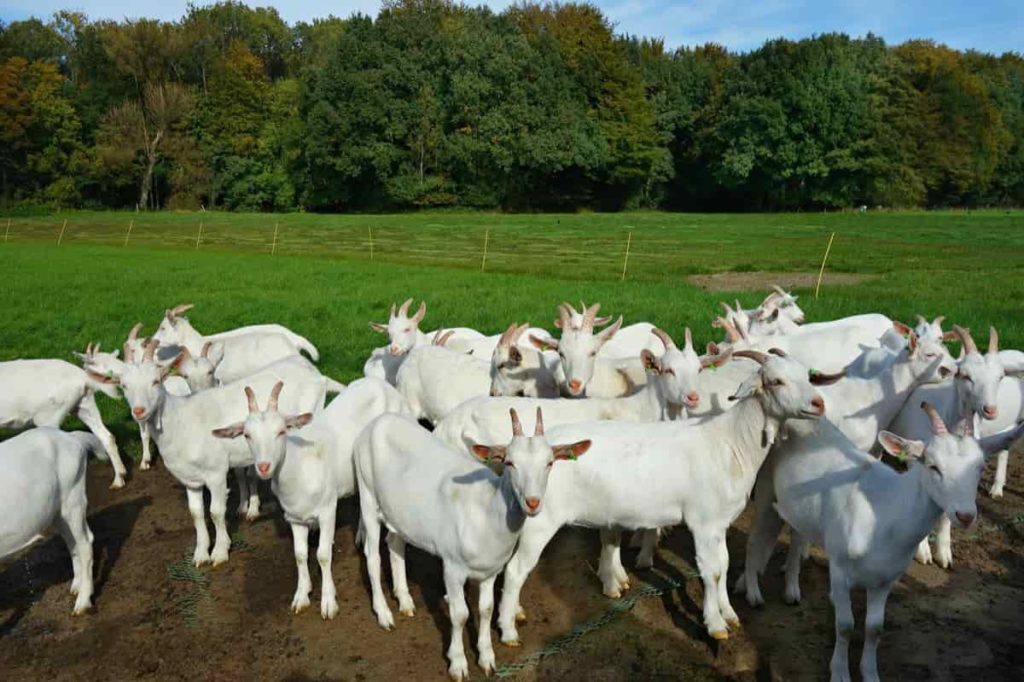
Inadequate fencing
You will need to build a high fence ideally one that is at least 4 feet tall. This will prevent your goats from jumping on it and will also prevent predators from entering. No matter where you live, goats need some kind of shelter. They need a place to get out of the elements like rain, snow, wind, even the sun. An area of refuge for cooling or drying. If you live in hot climates, thin will suffice, whereas in cold climates you will need a barn or shed.
- Economical Aquaculture: A Guide to Low-Budget Fish Farming
- 15 Common Planting Errors That Can Doom Your Fruit Trees
- How to Make Houseplants Bushy: Effective Tips and Ideas
- Innovative Strategies for Boosting Coconut Pollination and Yield
- Pollination Strategies for Maximum Pumpkin Yield
- The Complete Guide to Chicken Fattening: Strategies for Maximum Growth
- Natural Solutions for Tulip Problems: 100% Effective Remedies for Leaf and Bulb-Related Issues
- Revolutionizing Citrus Preservation: Towards a Healthier, Greener Future
- Natural Solutions for Peony Leaf and Flower Problems: 100% Effective Remedies
- Maximizing Profits with Avocado Contract Farming in India: A Comprehensive Guide
- Natural Solutions for Hydrangea Problems: 100% Effective Remedies for Leaf and Flowers
- The Ultimate Guide to Choosing the Perfect Foliage Friend: Bringing Life Indoors
- From Sunlight to Sustainability: 15 Ways to Use Solar Technology in Agriculture
- The Ultimate Guide to Dong Tao Chicken: Exploring from History to Raising
- The Eco-Friendly Makeover: How to Convert Your Unused Swimming Pool into a Fish Pond
- Mastering the Art of Delaware Chicken Farming: Essentials for Healthy Backyard Flocks
- 20 Best Homemade Fertilizers for Money Plant: DIY Recipes and Application Methods
- How to Craft a Comprehensive Free-Range Chicken Farming Business Plan
- Brighten Your Flock: Raising Easter Egger Chickens for Beauty and Bounty
- How to Optimize Your Poultry Egg Farm Business Plan with These Strategies
- Subsidy for Spirulina Cultivation: How Indian Government Schemes Encouraging Spirulina Farmers
- Ultimate Guide to Raising Dominique Chickens: Breeding, Feeding, Egg-Production, and Care
- Mastering the Art of Raising Jersey Giant Chickens: Care, Feeding, and More
- Ultimate Guide to Raising Legbar Chickens: Breeding, Farming Practices, Diet, Egg-Production
- How to Raise Welsummer Chickens: A Comprehensive Guide for Beginners
- How to Protect Indoor Plants in Winter: A Comprehensive Guide
- Ultimate Guide to Grow Bag Gardening: Tips, Tricks, and Planting Ideas for Urban Gardeners
- Guide to Lotus Cultivation: How to Propagate, Plant, Grow, Care, Cost, and Profit
- Agriculture Drone Subsidy Scheme: Government Kisan Subsidy, License, and How to Apply Online
- Ultimate Guide to Raising Araucana Chickens: Breed Profile, Farming Economics, Diet, and Care
- Bringing Hydroponics to Classroom: Importance, Benefits of Learning for School Students
- Ultimate Guide to Raising Polish Chickens: Breed Profile, Farming Economics, Diet, and Care
- Ultimate Guide to Raising Australorp Chickens: Profile, Farming Economics, Egg Production, Diet, and Care
- Silkie Chicken Farming: Raising Practices, Varieties, Egg Production, Diet, and Care
- Sussex Chicken Farming: Raising Practices, Varieties, Egg Production, Diet and Care
- Homemade Feed Formulations for Livestock: Discover Cost-effective Starter to Finisher Feed Recipes
I want to sell my goat’s
You’ve shared some incredibly useful information. This is frequently a terrific way for us to broaden our knowledge while remaining useful. Thank you for bringing this article to our attention.
Very helpful article. Many thanks
Valuable information sir
Most valuable information sir
Very valuable information.Thanks a lot
Very good information for the beginners.
Thank you so much